
Roots
The quiet rustle of leaves, the gentle whisper of wind through ancient trees—these are the sounds that might have accompanied our ancestors as they tended to their hair, long before laboratories and complex chemical compounds entered the scene. A deep sense of curiosity often settles when we consider how hair, a seemingly simple aspect of our being, held such profound meaning and received such meticulous care across civilizations. How did these historical practices, born of necessity and passed down through generations, truly function?
Could the wisdom of those bygone eras, often dismissed as mere folklore, truly hold insights for the scientific understanding of hair today? Roothea believes the answer is a resounding yes, a gentle call to reconsider the foundational knowledge embedded within traditions.
Our hair, particularly textured hair, possesses a unique architecture, distinct from straight strands. This structural difference means that its needs, its strengths, and its vulnerabilities are also distinct. Understanding these elemental components forms the groundwork for any effective care regimen, whether ancient or modern. The very shape of the hair shaft, its cuticle layers, and the way it coils or curls dictate how moisture behaves, how light reflects, and how it responds to external forces.

Hair Anatomy and Physiology Specific to Textured Hair
Textured hair, ranging from loose waves to tight coils, presents a remarkable diversity in its microscopic form. Unlike straight hair, which typically boasts a round cross-section, textured hair often exhibits an elliptical or even flat cross-section. This flattened shape contributes significantly to the curl pattern, but it also creates points of weakness along the bends and turns of the strand.
These points are more susceptible to breakage, making moisture retention and gentle handling paramount. The cuticle layers, those protective scales that cover the hair shaft, tend to lift more readily in highly coiled hair, further contributing to moisture loss and increased friction.
The hair follicle itself, the tiny organ from which each strand grows, also plays a part. In textured hair, the follicle is often curved, guiding the hair to grow in a helical pattern. This curvature influences the distribution of natural oils, known as sebum, along the hair shaft.
Sebum, which provides a natural coating and helps seal in moisture, struggles to travel down a highly coiled strand, leaving the ends particularly vulnerable to dryness. This inherent tendency toward dryness is a key consideration for textured hair care, a truth that historical practices often addressed intuitively.
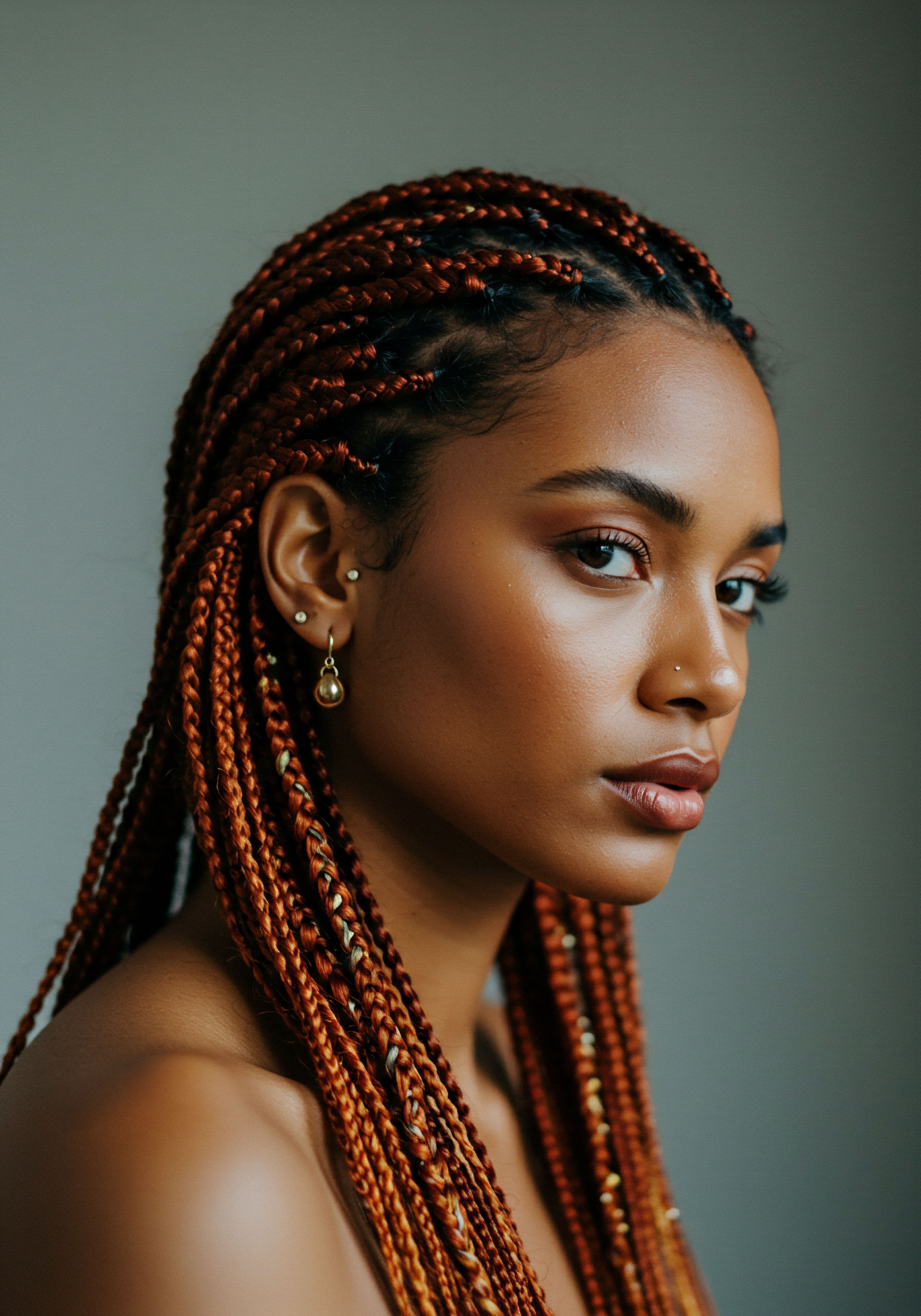
Textured Hair Classification Systems
While modern systems categorize hair types (like the Andre Walker Typing System with its 1A to 4C scale), these are relatively recent inventions. Historically, communities understood hair differences through lived experience and visual observation, recognizing patterns within families and ethnic groups. These classifications, though informal, guided care practices, acknowledging that what worked for one hair texture might not suit another.
Understanding the inherent structure of textured hair, from its elliptical cross-section to its curved follicle, is fundamental to appreciating its distinct needs.
Modern classification helps us speak a common language about hair, yet it often overlooks the cultural and historical context that shaped how these distinctions were first recognized and responded to. The categories simply provide a framework, a starting point for deeper investigation into how particular hair types respond to various stimuli and treatments.
- Hair Shaft Shape ❉ Straight hair tends to be round, while wavy to coily hair exhibits oval to flattened cross-sections, impacting curl formation.
- Cuticle Behavior ❉ The outermost layer, the cuticle, often lifts more easily on textured strands, leading to greater susceptibility to moisture loss and friction.
- Follicle Curvature ❉ A curved follicle dictates the helical growth pattern of textured hair, influencing sebum distribution and overall strand integrity.
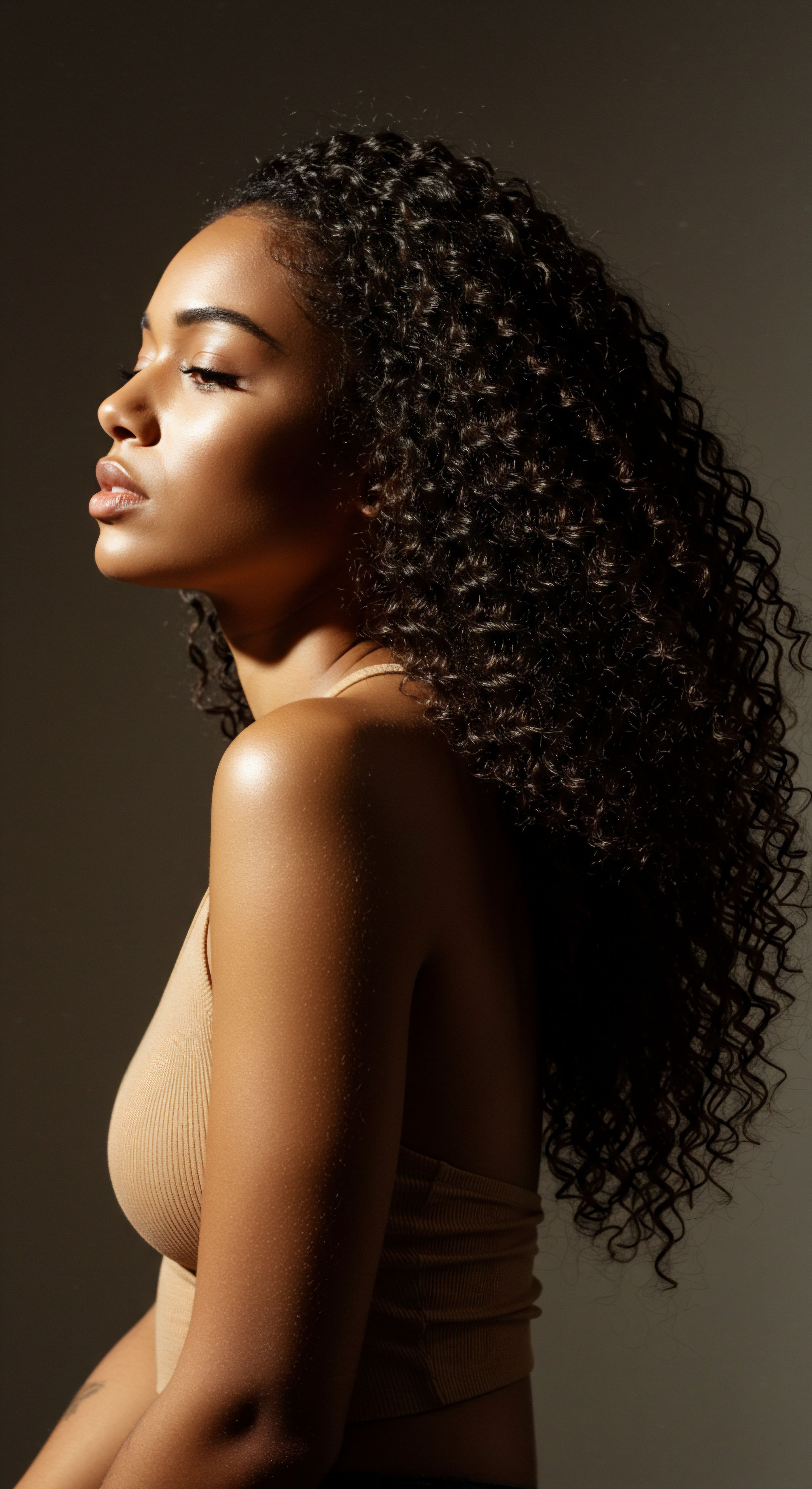
The Essential Lexicon of Textured Hair
The language we use to speak about hair is ever-evolving. From “kinky” and “nappy” to “coils” and “curls,” these words carry historical weight and cultural significance. Roothea chooses terms that are respectful and scientifically accurate, yet also convey the beauty and complexity of textured hair.
Words like “porosity,” “elasticity,” and “density” are now commonplace in hair discussions, providing a precise way to describe hair’s attributes. Yet, before these scientific terms gained currency, people used descriptive language rooted in observation ❉ “thirsty strands,” “springy curls,” or “soft tresses” conveyed similar understandings of hair’s state and needs.

Hair Growth Cycles and Influencing Factors
Hair growth follows a cyclical pattern ❉ anagen (growth), catagen (transition), and telogen (resting). While this cycle is universal, factors like genetics, nutrition, stress, and physical manipulation profoundly influence its length and health. Historical practices, even without knowing the scientific names for these cycles, intuitively supported growth and reduced shedding through gentle handling, scalp stimulation, and nourishing applications.
They understood that healthy hair originated from a healthy scalp, a truth that science continues to affirm. The focus was often on creating an environment conducive to robust growth, recognizing that external factors played a significant part in the hair’s vitality.
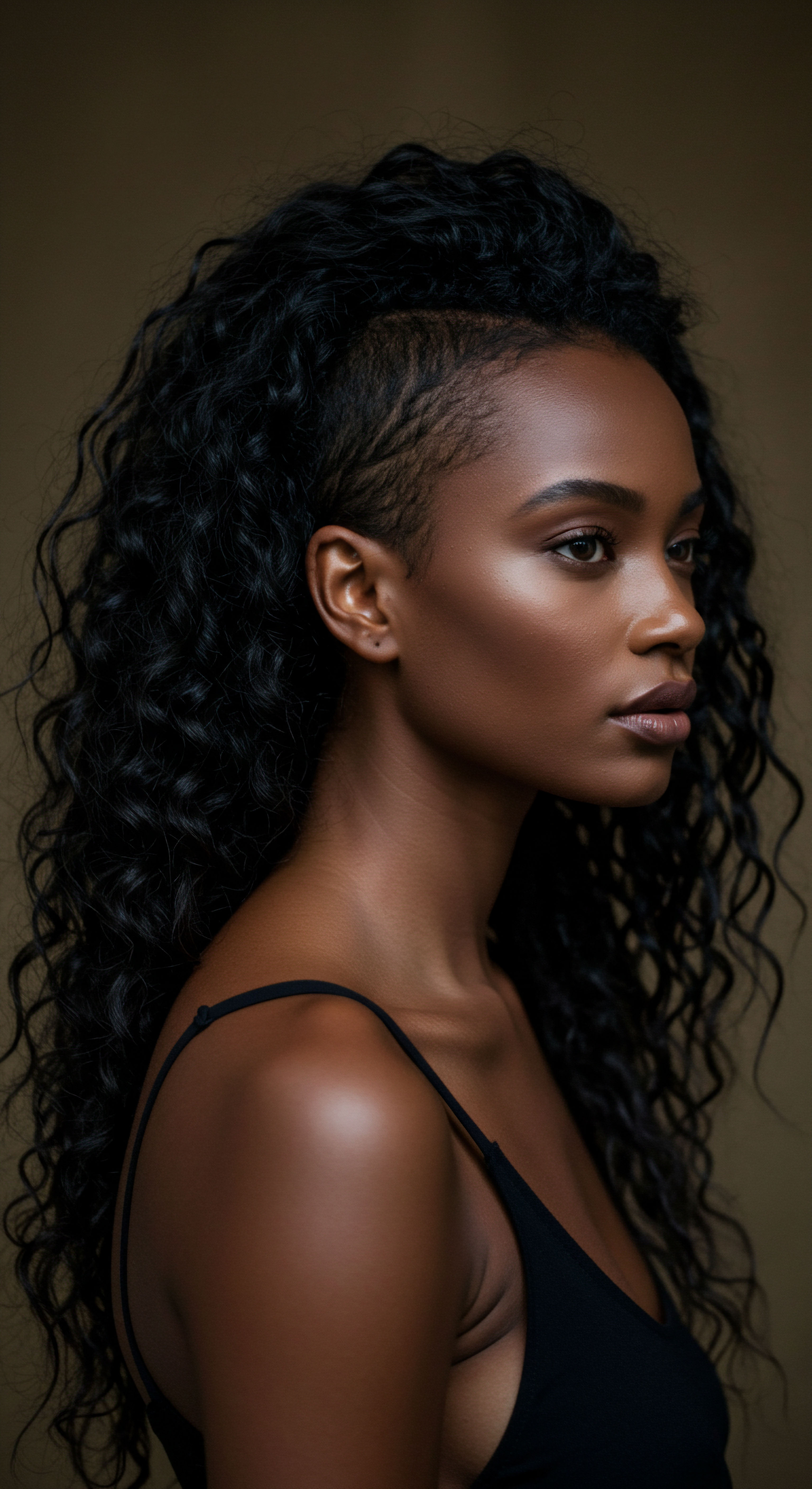
Ritual
The gentle clinking of a ceramic bowl, the soft scent of herbs simmering, the rhythmic parting of strands for a braid—these were the daily and seasonal practices that shaped hair care for generations. Stepping into the realm of historical hair rituals is akin to entering a shared space of practical wisdom, where techniques and methods were honed through repeated application and passed down with quiet reverence. How did these consistent, often community-driven, practices translate into observable benefits for hair? Can we extract the essence of these ancient rhythms and apply them with gentle guidance to our modern routines, without losing the spirit of their origin?
Hair care in the past was seldom a fleeting, individual act. It was often a communal activity, a time for connection, storytelling, and the sharing of knowledge. These rituals were not merely about appearance; they were deeply intertwined with health, social status, and spiritual belief. The practical wisdom contained within them offers a rich source of information, waiting to be explored through a contemporary lens.

Protective Styling Encyclopedia
Protective styles, a cornerstone of textured hair care today, have deep historical roots across diverse cultures. From the intricate cornrows of ancient Africa to the elaborate braids seen in Renaissance Europe, these styles served multiple purposes beyond mere aesthetics. They shielded hair from environmental aggressors like sun and dust, reduced tangling and breakage, and allowed for extended periods between manipulations.
Consider the meticulous care involved in traditional African braiding. These styles, often adorned with cowrie shells or beads, were not only beautiful but also minimized daily handling, preserving the hair’s length and strength. The careful sectioning and tension, applied by skilled hands, prevented excessive pulling on the scalp while maintaining the style’s integrity. This practice, centuries old, aligns perfectly with modern trichological advice to reduce mechanical stress on delicate hair strands.
| Historical Style Cornrows |
| Cultural Origin (Example) Various African cultures |
| Modern Parallel Braids, flat twists |
| Historical Style Locs |
| Cultural Origin (Example) Ancient Egypt, various African cultures |
| Modern Parallel Dreadlocks, sisterlocks |
| Historical Style Elaborate Braids/Updos |
| Cultural Origin (Example) European Renaissance, Asian traditions |
| Modern Parallel Chignons, braided buns |
| Historical Style Head Wraps/Coverings |
| Cultural Origin (Example) Global, diverse cultural uses |
| Modern Parallel Satin scarves, turbans |
| Historical Style Historical methods of hair protection offer direct parallels to contemporary low-manipulation styling. |

Natural Styling and Definition Techniques
Long before chemical straighteners or synthetic gels, people relied on natural ingredients and mechanical methods to define and enhance their hair’s inherent texture. Think of the use of plant mucilage for slip and hold, or the application of natural oils to add sheen and softness.
For example, in many traditional African societies, natural butters and oils like shea butter and palm oil were applied to coils to moisturize and provide definition. These natural emollients, rich in fatty acids, would coat the hair shaft, reducing frizz and giving curls a supple feel. Similarly, in parts of Asia, fermented rice water was used as a rinse to enhance hair elasticity and shine. The gentle manipulation involved in applying these substances, often combined with finger-coiling or twisting, was a deliberate act of shaping the hair, allowing its natural pattern to emerge with grace.
Ancient methods of hair definition, often using plant-based emollients and careful manipulation, reveal a deep understanding of natural hair texture.

Wigs and Hair Extensions Mastery
The practice of augmenting one’s hair with wigs and extensions is not a modern invention. Ancient Egyptians, for instance, were masters of wig craft, using human hair, plant fibers, and even wool to create elaborate headpieces that served both aesthetic and practical purposes. These wigs protected the scalp from the harsh desert sun and provided a clean, stylized appearance for various social occasions.
Beyond Egypt, many cultures used hair extensions for ceremonial purposes, as indicators of status, or simply to achieve desired styles. The meticulous skill involved in creating and maintaining these additions speaks to a long-standing appreciation for hair as a medium of expression and adornment. While modern extensions use different attachment methods, the underlying desire for versatility and length remains a constant.

Heat Styling and Thermal Reconditioning
While modern heat tools are relatively new, the concept of using heat to alter hair texture has historical precedent. Early forms of “thermal reconditioning” might have involved hot combs or heated irons, though these methods were often rudimentary and potentially damaging. The careful application of heat, sometimes combined with oils, aimed to temporarily smooth or curl strands.
However, it is vital to approach historical heat practices with a safety-first mindset. Many early methods lacked temperature control and could cause severe damage. This reminds us that while traditional wisdom offers guidance, modern scientific understanding provides the tools for safer, more effective application, particularly when it comes to heat.

The Complete Textured Hair Toolkit
The tools of historical hair care were simple yet effective, crafted from natural materials. Combs carved from wood or bone, brushes made from natural fibers, and even hands themselves formed the essential toolkit. These tools were designed for gentle detangling and styling, respecting the delicate nature of hair.
- Combs and Picks ❉ Crafted from wood, bone, or horn, these were designed with wide teeth to detangle without excessive pulling, particularly on coiled hair.
- Brushes ❉ Often made with natural bristles, these were used for smoothing and distributing oils, stimulating the scalp.
- Fingers ❉ The most fundamental tool, used for sectioning, twisting, and applying products with a gentle touch.
The simplicity of these tools meant a greater reliance on skill and patience, fostering a mindful approach to hair care that contrasts sharply with the hurried routines of today. The wisdom was in the technique, not solely in the implement.
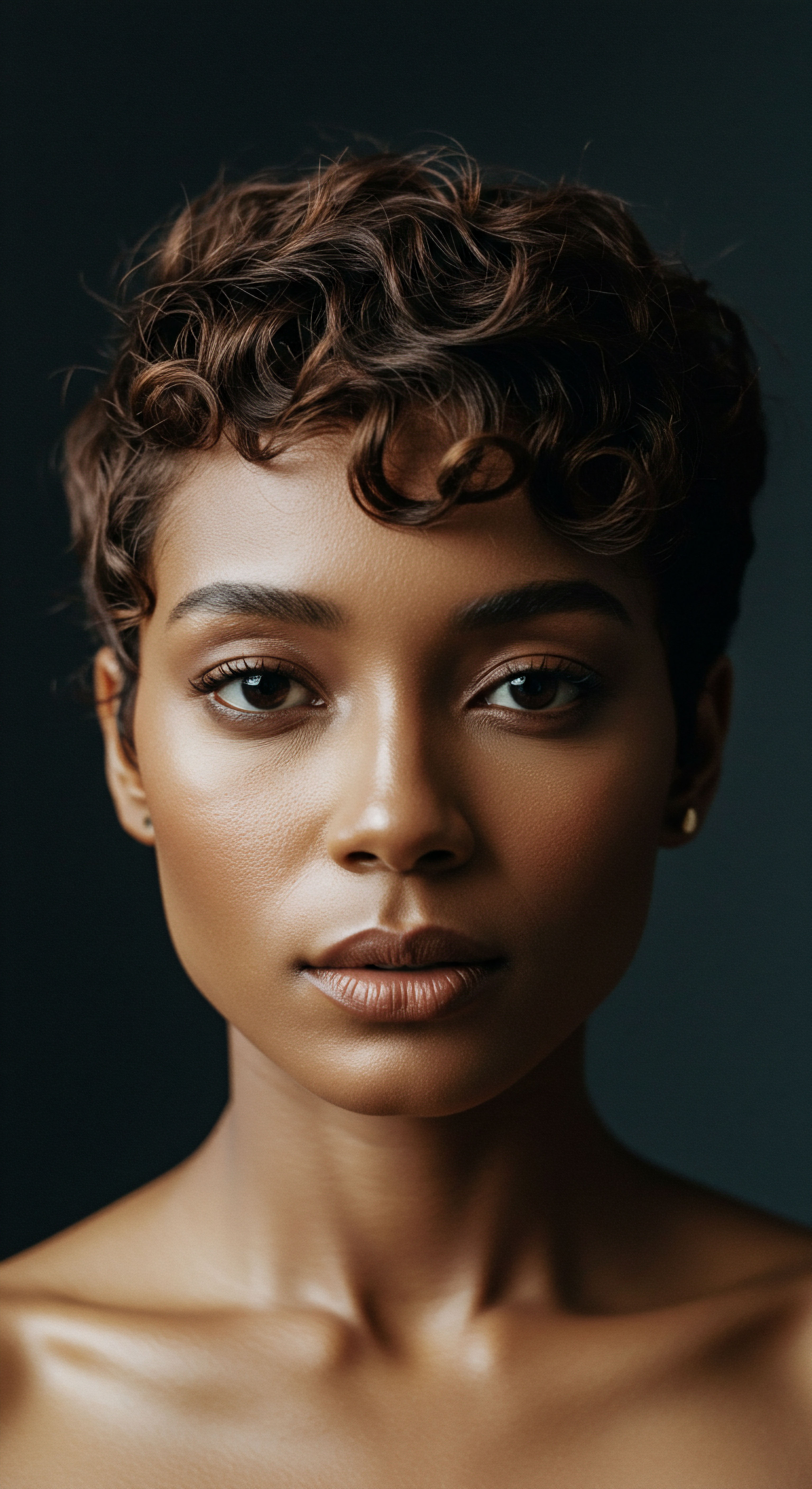
Relay
As we move beyond the immediate touch of daily care, a deeper sub-question surfaces ❉ How do these ancestral hair practices, rooted in tradition and empirical observation, truly intersect with the rigorous methodologies of contemporary science? This exploration invites us into a space where cultural wisdom and scientific inquiry converge, revealing profound insights that transcend mere anecdote. The historical understanding of hair, often passed down through generations, offers a rich, sometimes surprising, foundation for modern scientific validation. We consider the interplay of biological, psychological, social, and cultural factors that shape our hair experiences, drawing upon scholarship and data to illuminate these connections.
The relationship between historical hair care and modern science is not a simple linear progression from primitive to advanced. Rather, it is a complex dialogue, where ancient solutions sometimes offer elegant simplicity, and modern science provides the granular explanation for their efficacy. This deeper look allows us to appreciate the sophistication inherent in practices developed through centuries of trial and error.
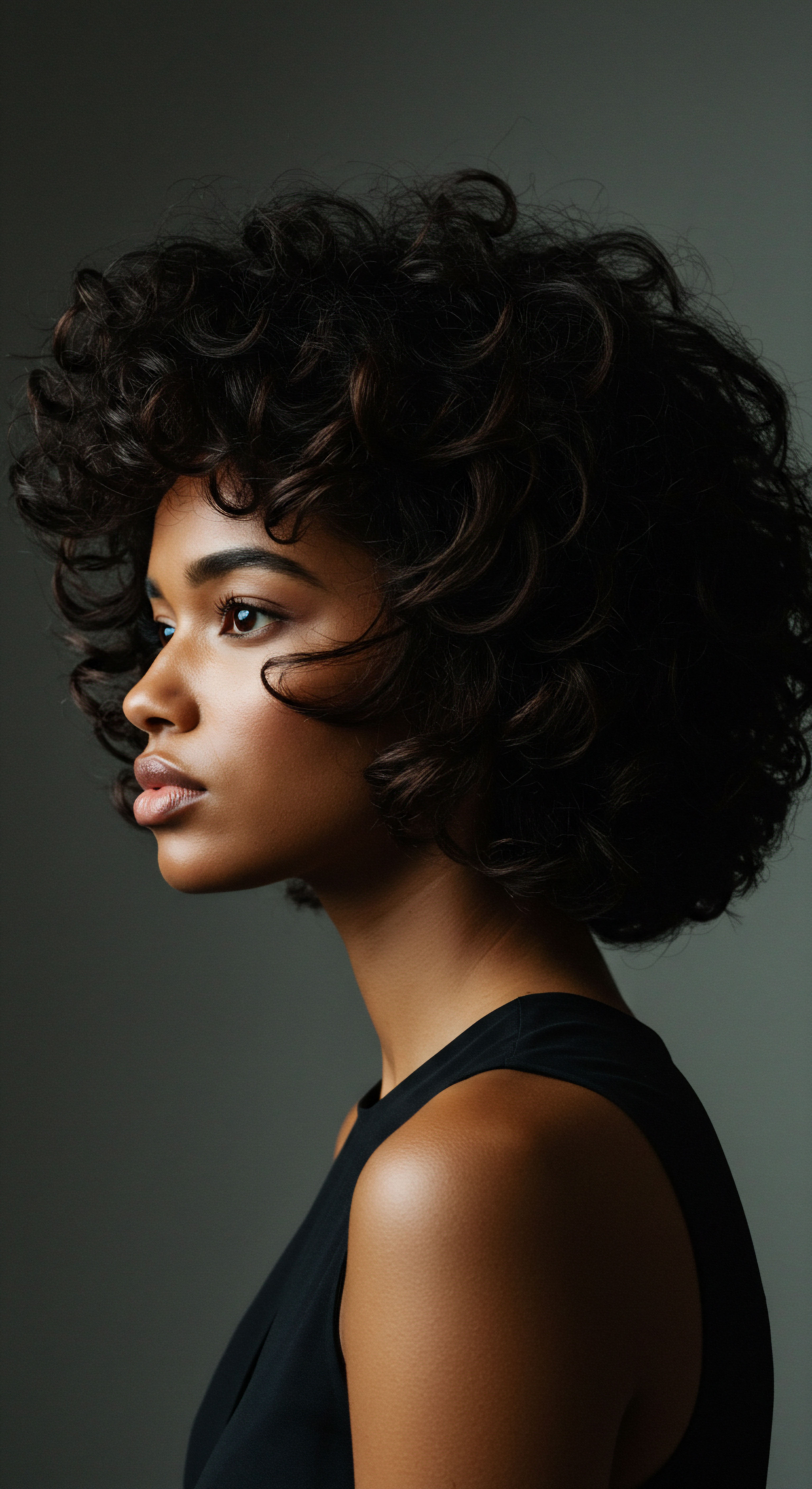
Building Personalized Textured Hair Regimens
Historically, hair care was inherently personalized. There were no mass-produced products; instead, individuals and communities relied on locally available ingredients and knowledge passed down through families. This meant regimens were tailored to specific hair types, climates, and individual needs.
A woman in a humid tropical climate might use different botanical washes than someone in an arid desert, simply because those were the plants that worked best in their environment and for their hair. This bespoke approach, born of necessity, stands in stark contrast to the one-size-fits-all marketing of some modern products.
Today, science confirms the wisdom of this personalization. Genetic predispositions, scalp microbiome variations, and environmental exposures all influence hair health. A truly effective modern regimen, much like its historical predecessors, considers these individual differences. The scientific method can help us systematically test and confirm which traditional ingredients or combinations offer the most benefit for a particular hair profile.
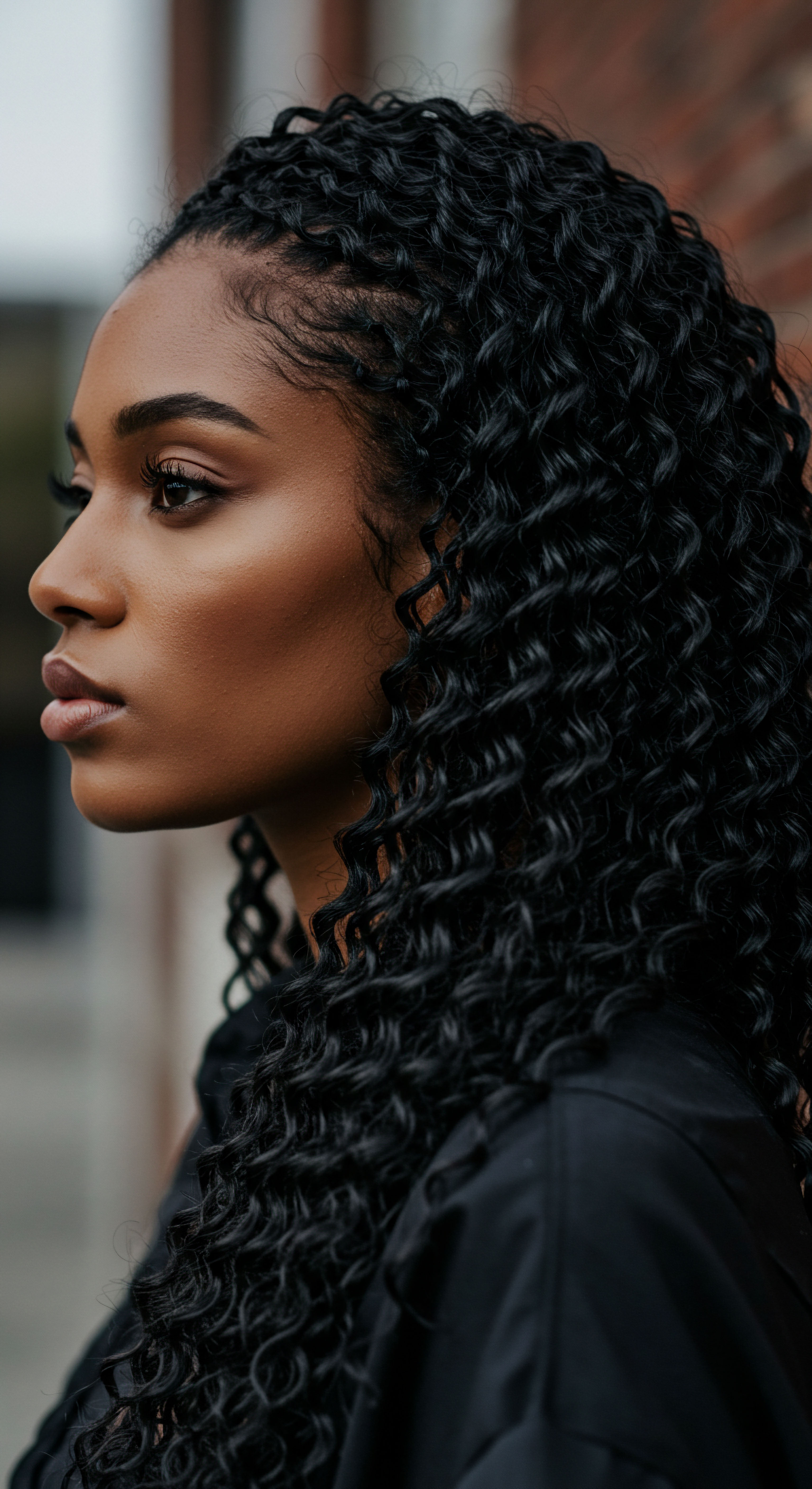
The Nighttime Sanctuary Essential Sleep Protection
The concept of protecting hair during sleep is an ancient practice, predating satin pillowcases and bonnets as we know them. Across various cultures, head coverings, braids, or careful wrapping of hair before bed served to prevent tangling, reduce friction, and preserve styles. This simple act minimized mechanical stress on the hair, a significant contributor to breakage, especially for delicate textured strands.
Modern trichology validates this practice. Friction against rough surfaces like cotton can abrade the hair cuticle, leading to frizz, dryness, and breakage. Satin or silk bonnets and pillowcases create a smooth surface, allowing hair to glide without resistance, thereby preserving moisture and structural integrity. The consistent application of this traditional wisdom translates directly into measurable benefits for hair health, particularly in preventing split ends and maintaining hydration.
Nighttime hair protection, a practice spanning centuries and cultures, finds scientific validation in its ability to reduce mechanical stress and preserve hair’s moisture.

Ingredient Deep Dives for Textured Hair Needs
Many traditional hair care ingredients are now undergoing rigorous scientific scrutiny, revealing the biochemical compounds responsible for their reputed benefits. For instance, the use of fermented rice water by the Yao women of Huangluo Village in China for centuries is a compelling example. This traditional rinse is credited with their remarkably long, strong, and dark hair, often retaining its color well into old age.
While anecdotal accounts have long supported its use, modern scientific investigation has begun to illuminate the mechanisms at play. A 2010 paper published in the International Journal of Cosmetic Science suggested that fermented rice water may reduce surface friction and increase hair elasticity due to the presence of Inositol, a carbohydrate. Inositol is believed to penetrate damaged hair and repair it from the inside out.
This finding is particularly striking because it points to a specific biomolecule within a simple, traditionally prepared ingredient that directly impacts hair’s physical properties, offering a scientific underpinning for a practice that was once solely based on observation and generational knowledge. This suggests that some traditional practices, though lacking modern scientific terminology, possessed an inherent, empirically discovered understanding of hair’s biological needs.
Beyond rice water, numerous traditional botanicals are yielding similar scientific discoveries. For example, research into various African medicinal plants used for hair treatment has identified diverse phytochemical compounds, including flavonoids, saponins, and tannins, which possess antioxidant, antimicrobial, and anti-inflammatory properties. Some of these plants are being investigated for their potential to inhibit 5α-reductase, a mechanism relevant to hair growth. This highlights a growing scientific recognition of the sophisticated botanical knowledge held by indigenous communities.
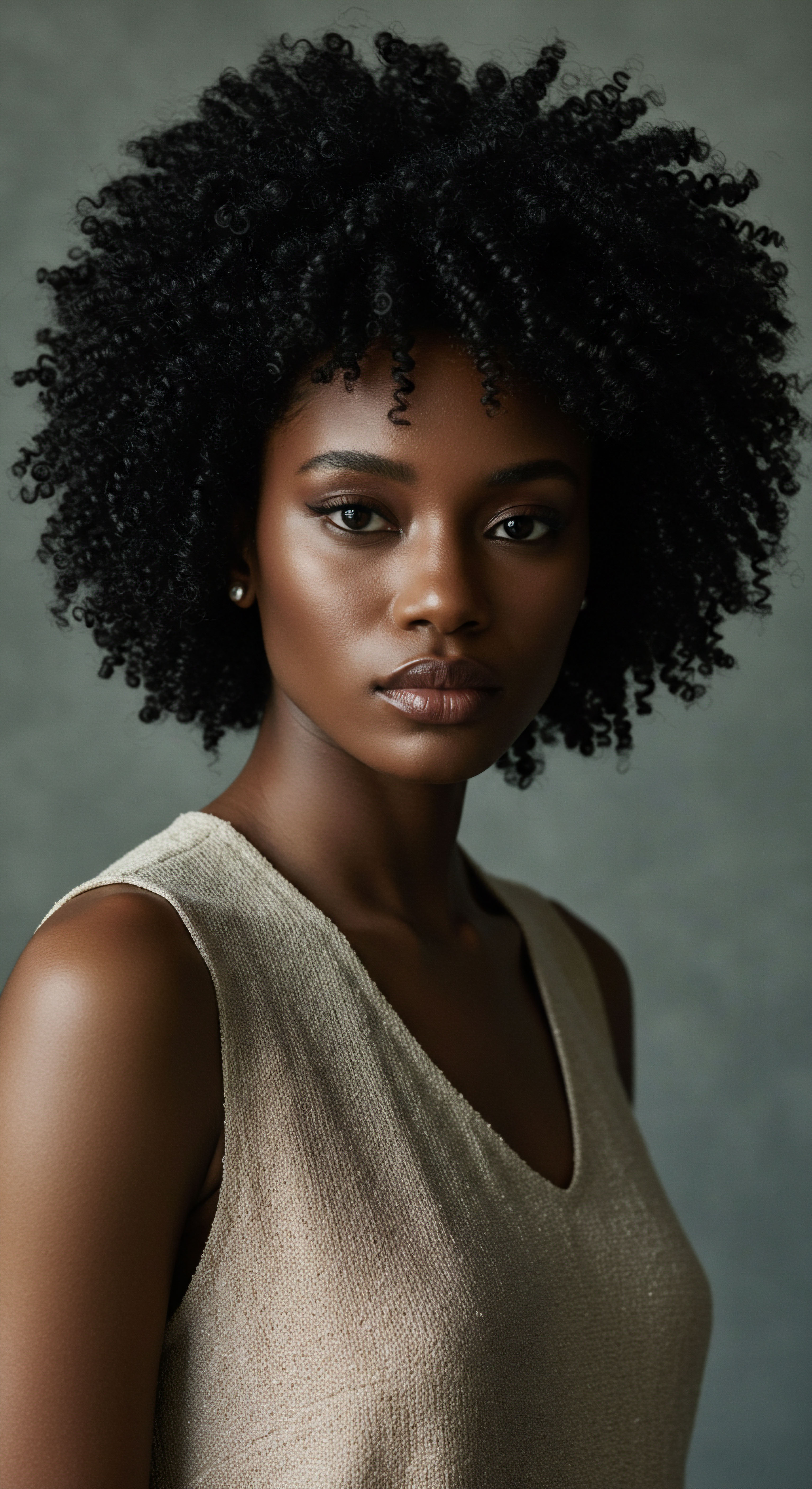
Textured Hair Problem Solving Compendium
Historical communities faced hair challenges similar to ours ❉ dryness, breakage, and scalp irritation. Their solutions, while often simple, were remarkably effective for their context. For dryness, they relied on natural oils and butters, sometimes warmed, to seal in moisture. For scalp health, herbal rinses and clay washes were common, often possessing antiseptic or soothing properties.
For example, the use of Yucca Root by some Indigenous peoples of the Americas for cleansing was not just a matter of convenience; yucca contains saponins, natural foaming agents that gently cleanse without stripping the hair’s natural oils. This traditional choice aligns with modern understanding of gentle cleansing for textured hair, which benefits from minimal stripping to retain its delicate moisture balance. The efficacy of such remedies, developed over centuries, offers a powerful testament to the value of empirical observation.

Holistic Influences on Hair Health
Across cultures, hair health was rarely viewed in isolation. It was deeply connected to overall well-being, diet, and even spiritual harmony. Traditional systems like Ayurveda in India or indigenous healing practices across Africa understood that external hair issues could signal internal imbalances. This holistic perspective meant that hair care often involved dietary considerations, stress reduction techniques, and attention to overall physical and mental health.
For instance, Ayurvedic practices often recommend specific dietary adjustments and herbal supplements alongside topical hair treatments, recognizing the systemic nature of health. Modern science increasingly affirms this interconnectedness, with research linking gut health, nutrient deficiencies, and stress levels to various hair conditions. The wisdom of viewing hair as an extension of the body’s overall vitality, rather than a separate entity, is a profound contribution from historical practices that contemporary science is now fully embracing.
This layered approach, where physical treatments meet dietary adjustments and mindful practices, reveals a deep, integrated understanding of the human body and its relationship with its environment. The modern scientific community, with its specialized fields, is slowly re-discovering this interconnectedness that was intuitively understood by our ancestors.

Reflection
The gentle hum of the present often echoes the quiet wisdom of the past. As we consider the journey from ancient hair practices to modern scientific understanding, a realization unfolds ❉ the separation between the two is not as vast as it once appeared. Instead, a delicate dialogue exists, where ancestral knowledge, born of careful observation and persistent trial, offers profound clues for today’s laboratories.
We find ourselves at a remarkable juncture, able to blend the intuitive grace of historical care with the precision of contemporary science, allowing each to illuminate the other. This quiet convergence reminds us that beauty, health, and understanding are timeless pursuits, ever-evolving yet deeply rooted in the enduring human desire for wellness and connection.
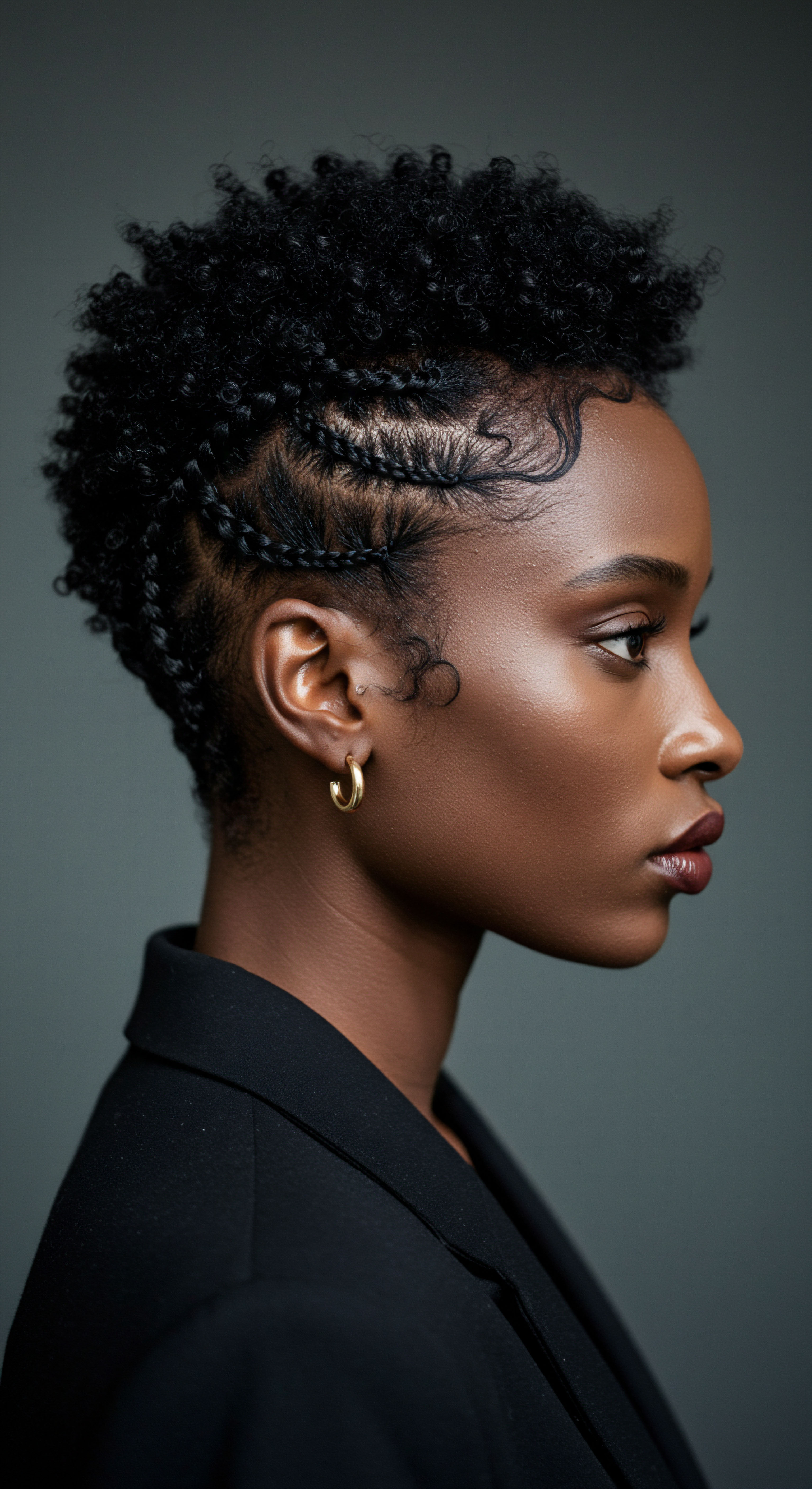
References
- Davis-Sivasothy, Audrey. The Science of Black Hair ❉ A Comprehensive Guide to Textured Hair Care. Sivasothy Hair, 2011.
- Jones, Geoffrey. Beauty Imagined ❉ A History of the Global Beauty Industry. Oxford University Press, 2010.
- Lugli, Emanuele. Knots, or the Violence of Desire in Renaissance Florence. University of Chicago Press, 2023.
- Makhubele, Mulalo Emelda, Samuel Wale Odeyemi, Tracy Madimabi Masebe, and Sogolo Lucky Lebelo. “Investigation of the phytochemical content, antioxidant activities, and antimicrobial properties of the selected South African medicinal plants.” Journal of Herbmed Pharmacology 13, no. 3 (2024) ❉ 381-389.
- Moreki, J. C. K. Tshireletso, and I. C. Okoli. “Potential use of ethnoveterinary medicine for retained placenta in cattle in Mogonono, Botswana.” Journal of Animal Production Advances 2, no. 6 (2012) ❉ 303-309.
- Ribeiro, A. M. M. Romeiras, J. Tavares, and M. T. Faria. “Ethnobotanical survey in Canhane village, district of Massingir, Mozambique ❉ medicinal plants and traditional knowledge.” Journal of Ethnobiology and Ethnomedicine 6 (2010) ❉ 33.
- Suresh, M. V. K. H. Lakshmi, K. L. M. Devi, and M. R. V. K. Rao. “Antimicrobial activity of a polyherbal hair oil.” International Journal of Pharma and Bio Sciences 1, no. 2 (2010) ❉ 1-5.
- Synnott, Anthony. The Body Social ❉ Symbolism, Self and Society. Routledge, 1993.
- van Wyk, Ben-Erik. Food Plants of the World ❉ An Illustrated Guide. Timber Press, 2005.
- Vyas, Ashutosh, and V. K. Dixit. “Phytochemical, pharmacological and cosmetic aspects of Terminalia chebula Retz. (Haritaki).” Journal of Pharmacy Research 4, no. 1 (2011) ❉ 242-245.